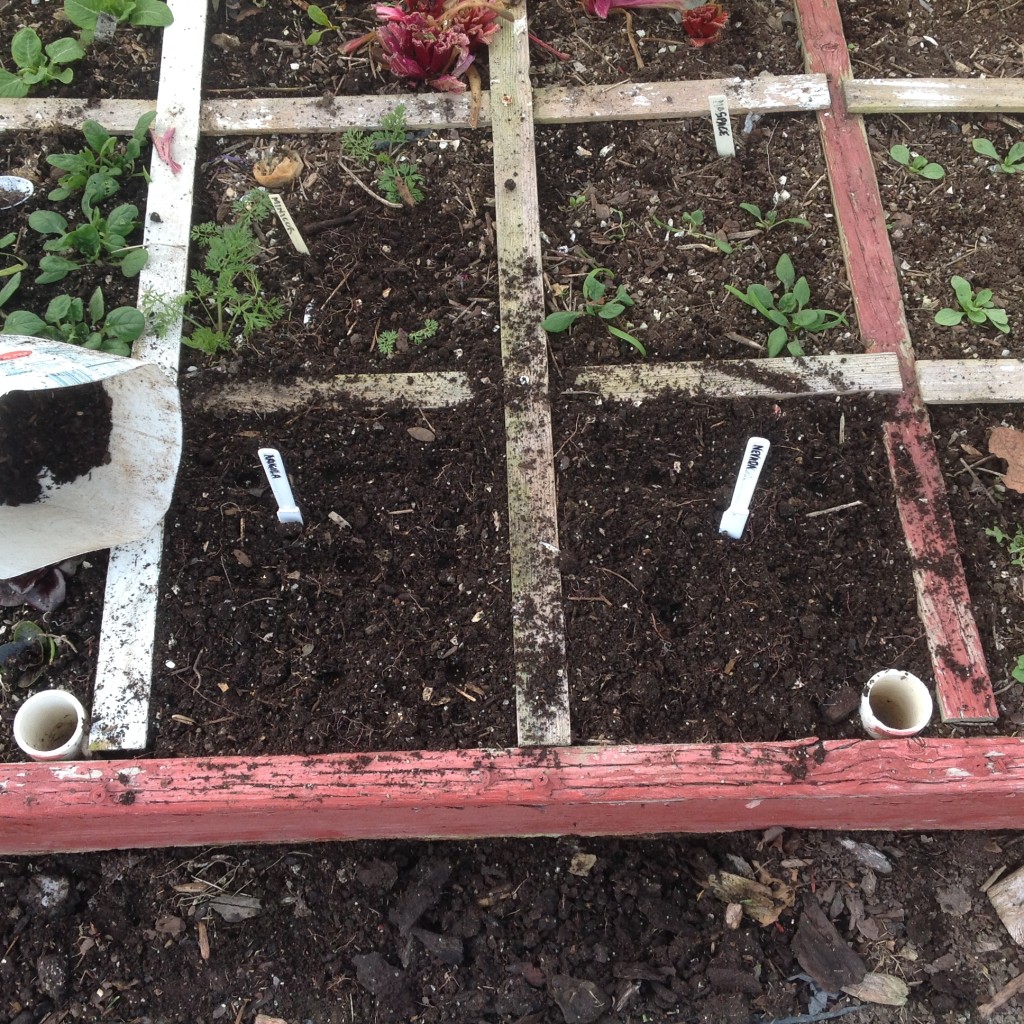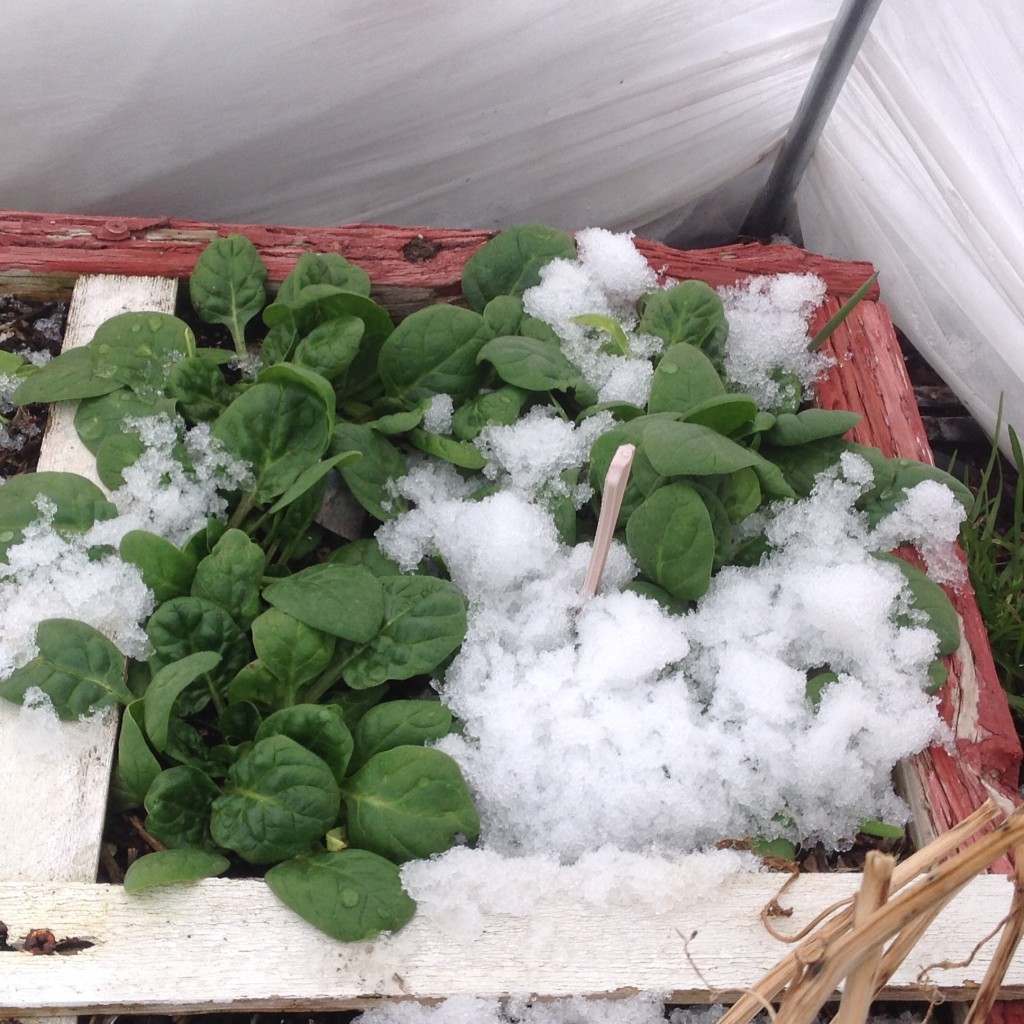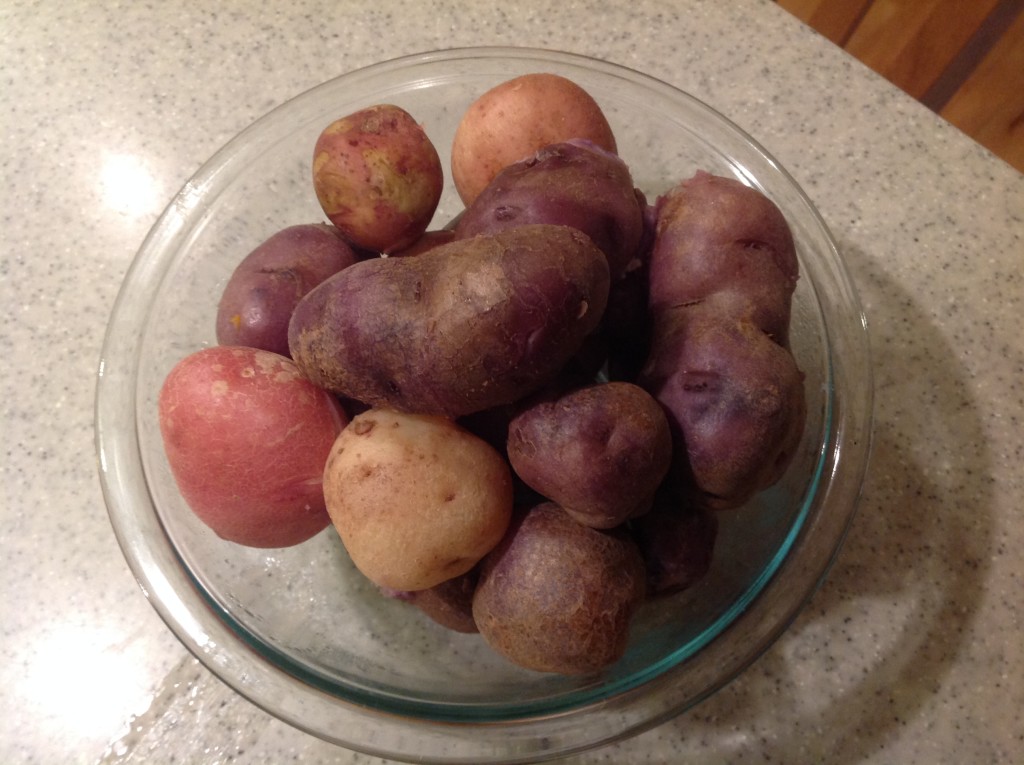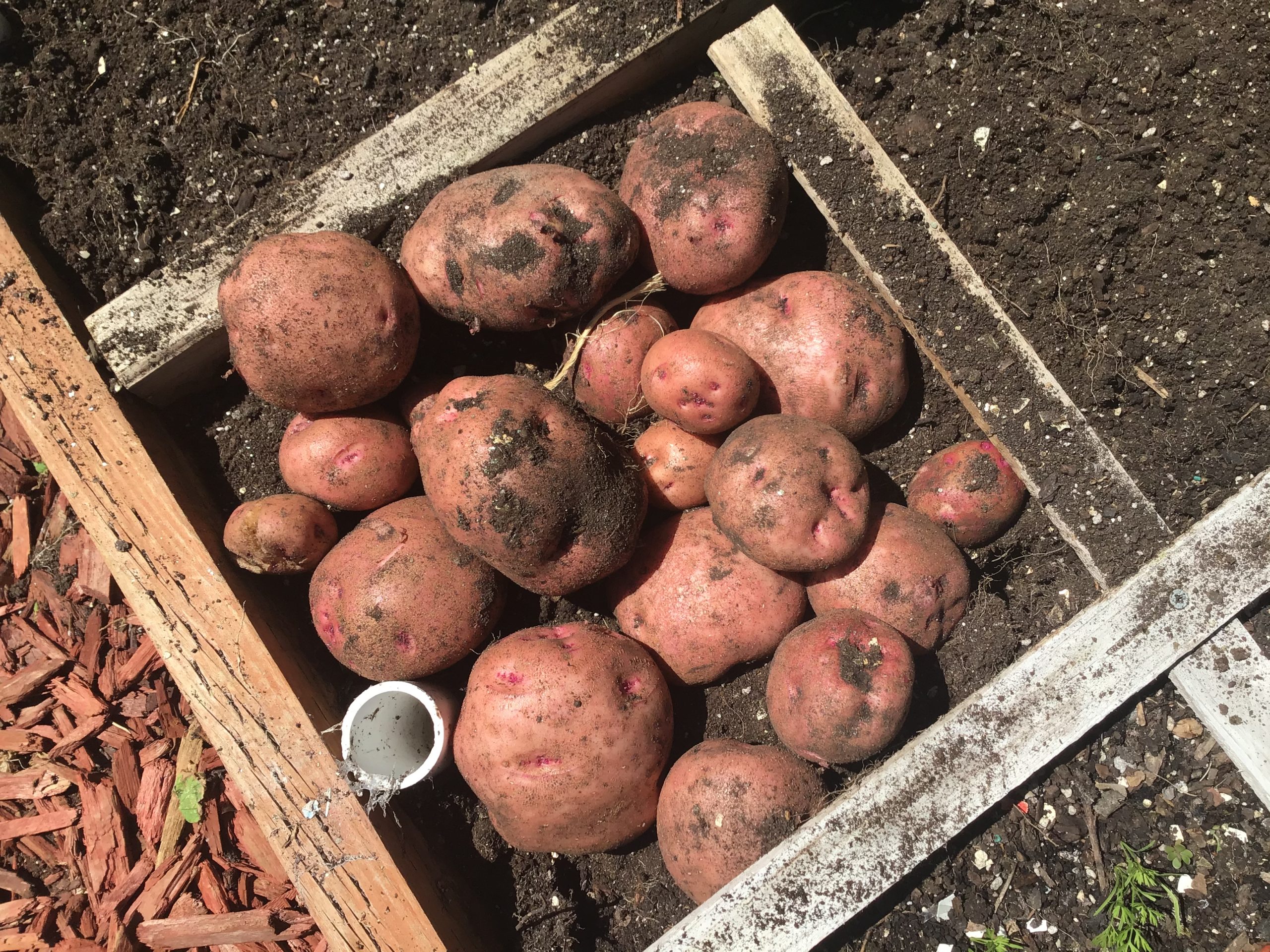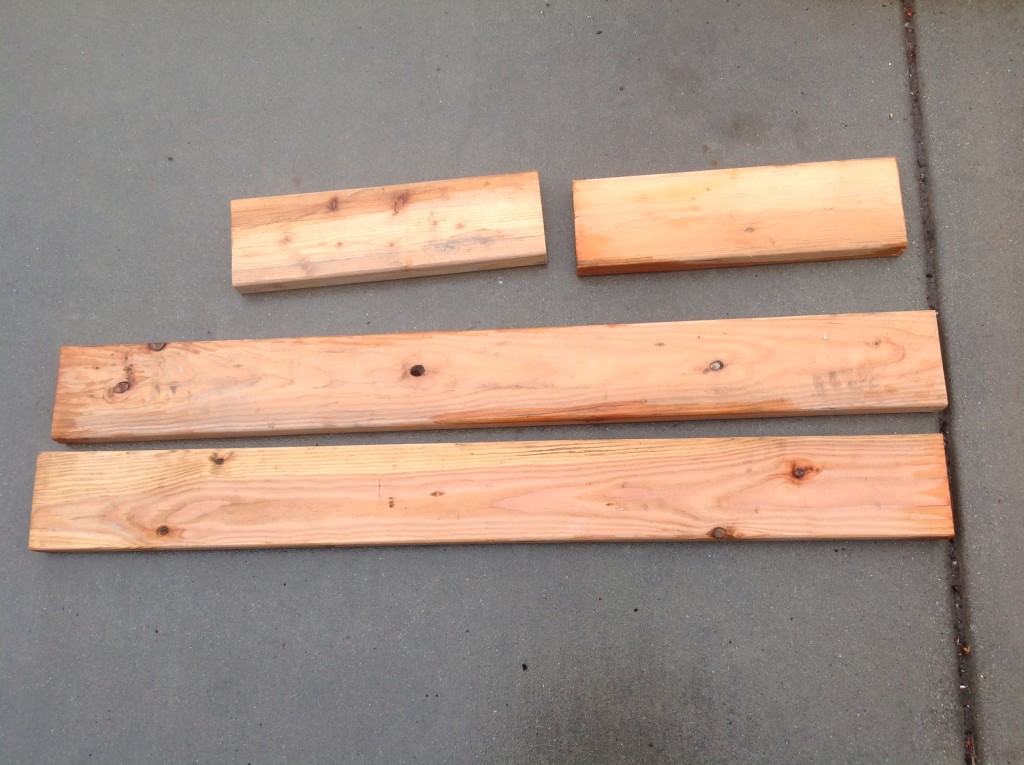 I thought it might be a good idea to begin showing how to have a successful square foot garden. I’ll make it simple and quick. There isn’t a lot to do but there are some key things I’ll address over the course of the next few weeks.
I thought it might be a good idea to begin showing how to have a successful square foot garden. I’ll make it simple and quick. There isn’t a lot to do but there are some key things I’ll address over the course of the next few weeks.
The very first thing to do is to construct a raised bed. It’s very important to put together a box that can simply be placed on top of your existing soil. Use this time to gather leftover wood around your home. Maybe neighbors have wood laying around that they don’t need. Is there construction going on in your neighborhood? If you can rummage up free wood, get it.
Make sure your bed will be able to hold 6 inches of soil. If you have 2X6’s-thats perfect. If you have 2X4’s thats okay too. Just double up on them and use hinges to hold them together. Also make sure your beds aren’t any wider than 4 feet. They can be as long as you’d like, but no wider then 4 feet. They can be 1, 2, or 3 feet wide depending on your garden plans.
The last thing to do is to screw the wood together. Do not use nails-they aren’t as strong. These raised beds are going to last you a long time. Mine have been in for 16 years and have a long way to go. What about preserving your wood? That’s your call. I’ve got my own opinion about that but the good thing is that it doesn’t matter what I think. You get to do whatever you like.
My next post will be brief but important. I’ll address the critical nature of soil before discussing the perfect growing medium. After all, if you don’t get the soil right, nothing else will really matter. Start getting ready-Spring is coming.[ois skin=”1″]
